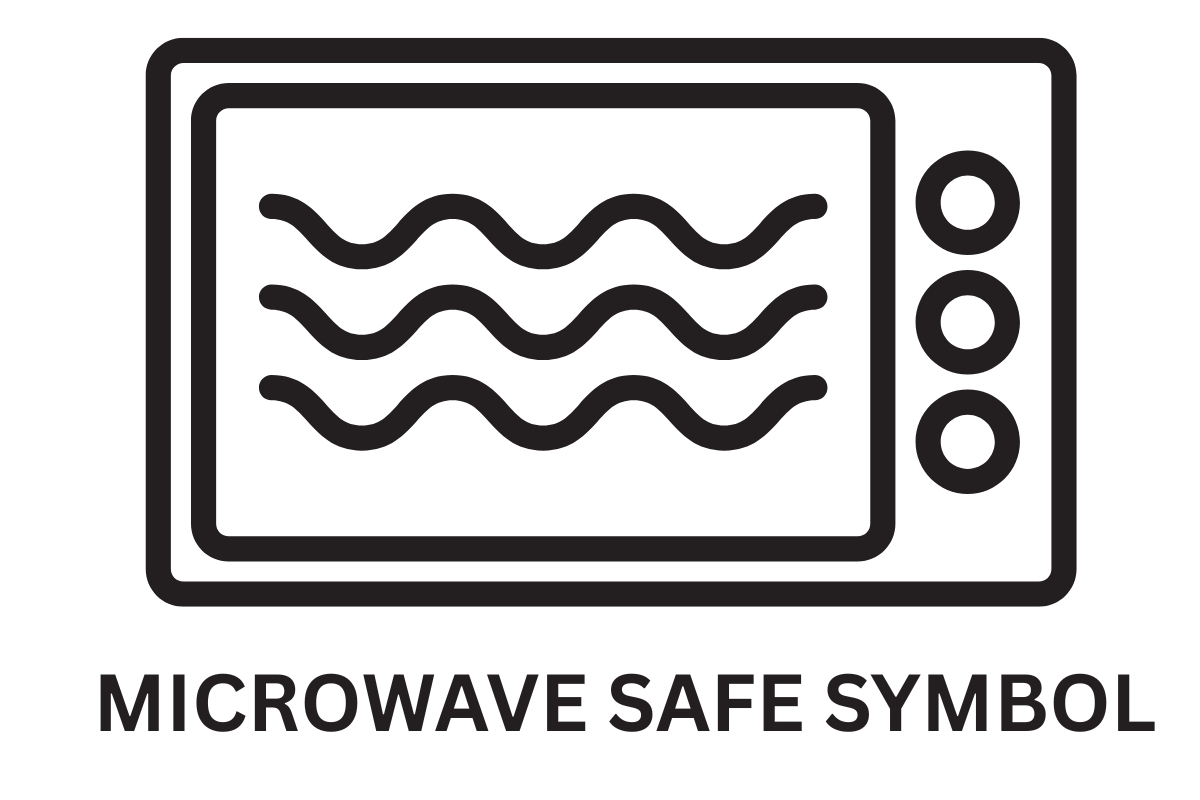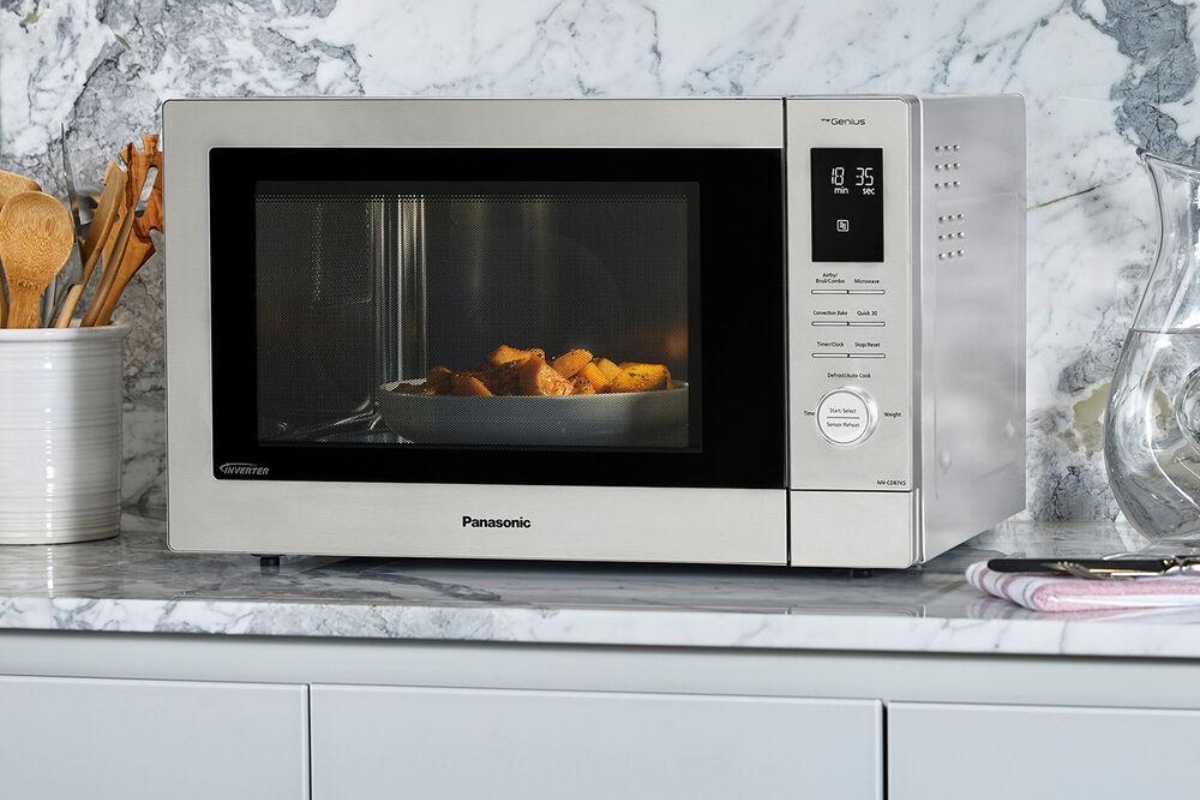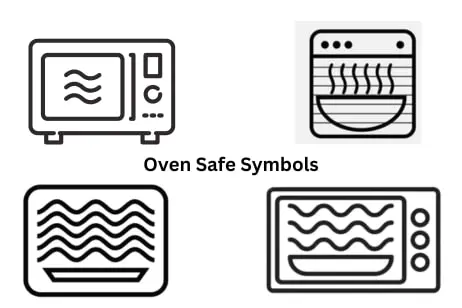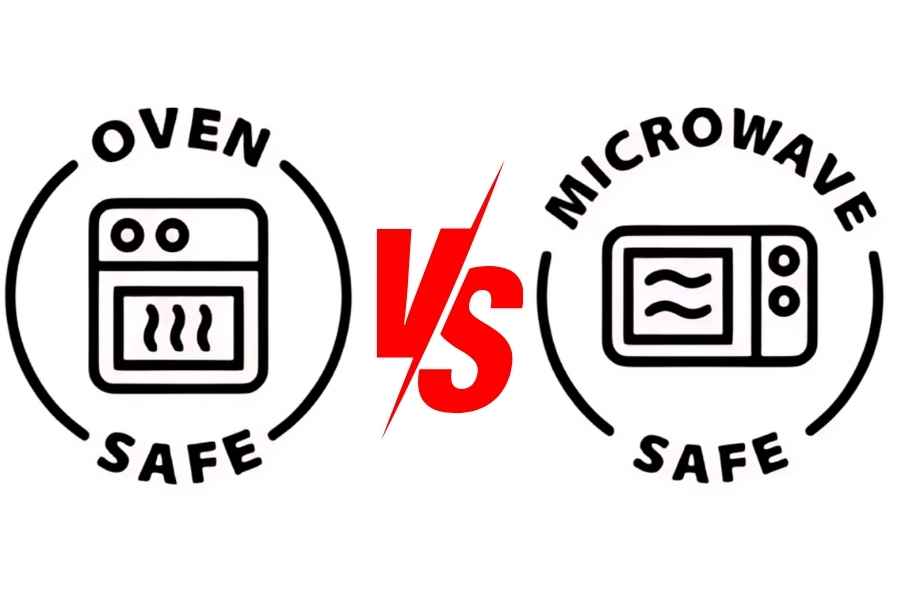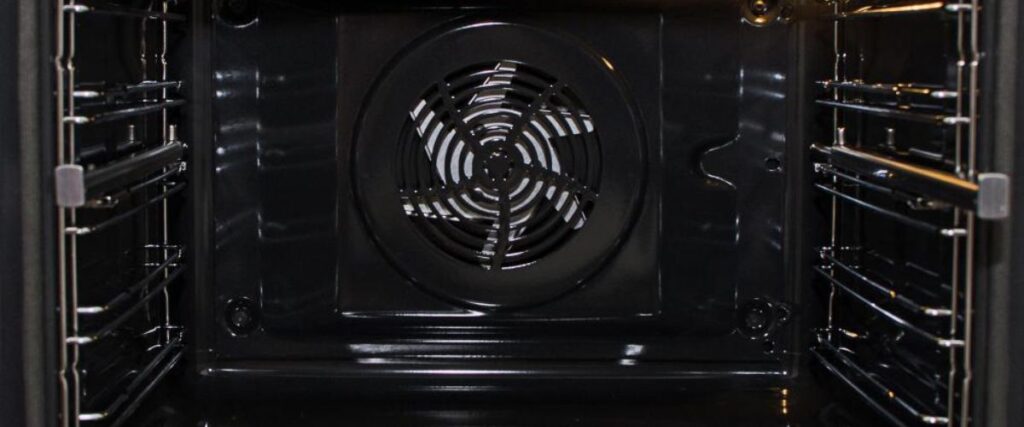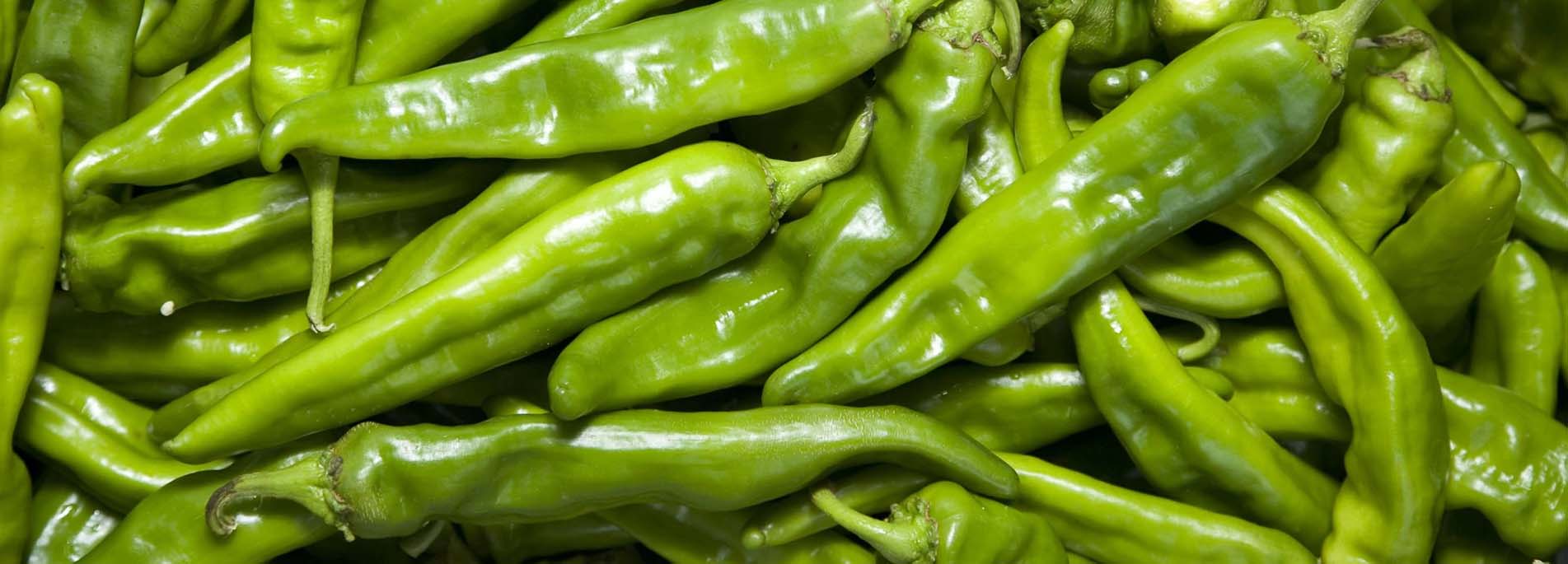Few creations can rival the mouthwatering delight of a perfectly baked pizza in the realm of culinary wonders. While modern ovens have their merits, there is something truly special about the magic that unfolds in a coal pizza oven. This comprehensive blog post will delve deep into coal-fired pizza ovens, unraveling their rich history, unique advantages, operational techniques, and more.
What is Coal Pizza Oven?
A coal pizza oven is a traditional cooking apparatus that harnesses the intense heat of burning coal to bake exceptional pizzas. These ovens have been an integral part of the pizza-making process for centuries, and their significance in the culinary world cannot be overstated. A coal pizza oven is a specialized cooking appliance designed specifically for baking pizzas using coal as the fuel source. It is a traditional method of pizza making that has been millennia for centuries and is known for producing authentic and flavorful pizzas.
From the iconic Neapolitan-style pizza to the famous New York-style pie, coal-fired ovens have played a pivotal role in creating authentic flavors and textures that have won pizza enthusiasts’ hearts and taste buds worldwide.
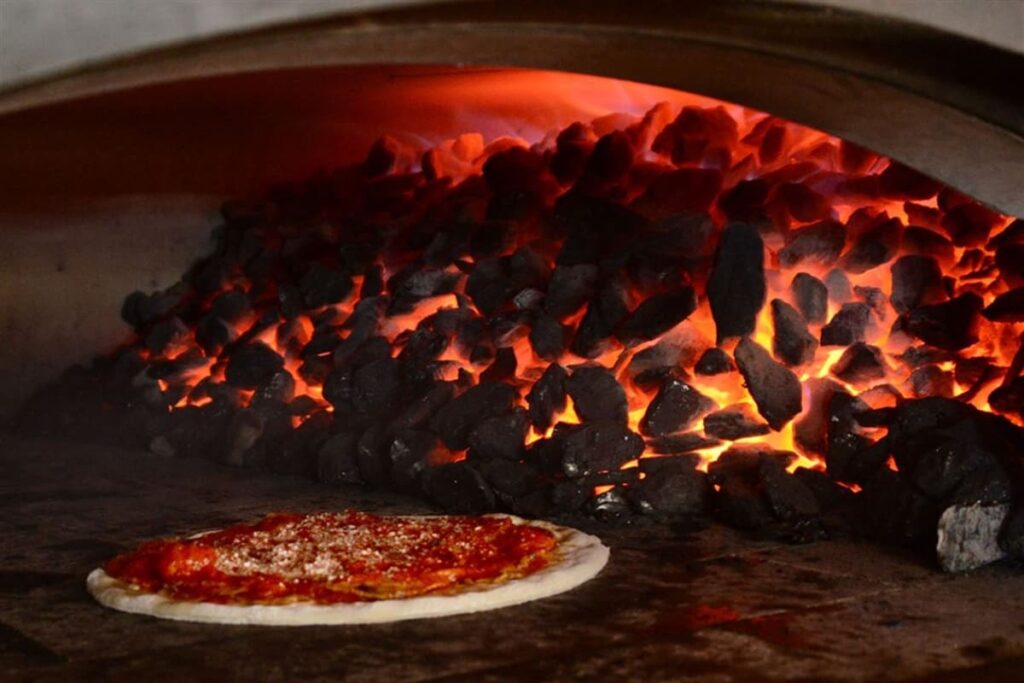
Advantages of Coal Pizza Ovens
Coal pizza ovens have gained popularity among pizza enthusiasts and professional chefs alike for their unique ability to enhance the flavor and quality of pizzas. This section will examine the benefits of coal-fired pizza ovens: their authenticity, high heat capabilities, moisture retention, distinct smoky flavor, and versatile cooking options.
1. Authenticity and Traditional Flavor
Coal pizza ovens are the most authentic way to cook pizza, which is hard to get with other methods. The intense heat from burning coal creates a charred, crispy crust while maintaining a soft and chewy interior, characteristic of traditional Neapolitan-style pizzas. This authenticity adds a touch of nostalgia and brings the rich history of pizza-making to the forefront of the culinary experience.
2. High Heat and Fast Cooking Times
One of the key advantages of coal pizza ovens is their ability to reach incredibly high temperatures. Unlike conventional ovens, coal-fired ovens can reach temperatures exceeding 800°F (427°C), producing pizzas that cook rapidly and evenly. The intense heat allows for quick baking, ensuring pizzas are perfectly cooked within minutes, with a beautifully blistered crust and perfectly melted toppings.
3. Moisture Retention
Coal ovens excel in retaining moisture within the pizza dough, resulting in a crust that is both crispy and chewy. The quick cooking and high heat create a sealed barrier on the dough’s surface, preventing excessive evaporation and maintaining the pizza’s moisture content. This unique characteristic ensures a delightful texture that complements the flavors of the toppings.
4. Distinct Smoky Flavor and Aroma
Using coal as a fuel source imparts a distinct smoky flavor and aroma to the pizzas, adding depth and complexity to each bite. The combination of high heat and the release of volatile compounds from the burning coal infuses the crust and toppings with a subtle, smoky essence, elevating the overall taste profile of the pizza.
5. Versatility in Cooking Other Dishes
While primarily known for their exceptional pizza-making capabilities, coal ovens offer versatility beyond just pizzas. Their high heat output makes them ideal for roasting vegetables, searing meats, baking bread, and preparing seafood dishes. This versatility allows chefs to explore various culinary creations, making coal-fired ovens valuable to any kitchen.
How to Clean Burnt Sugar from Oven: Learn 11 Easy Methods
Components of a Coal Pizza Oven
In pizza-making, coal-fired ovens hold a special place, delivering a distinct flavor and cooking experience. To truly appreciate the art of coal-fired pizza, It is necessary to thoroughly comprehend the constituent parts that comprise these ancient ovens.
Let’s explore the essential elements that make up these traditional ovens.
1. Oven Structure:
The oven has a chamber, dome, and door. The chamber houses the firebox and cooking surface, while the dome retains and evenly distributes heat. The door serves as an entry and exit point for pizzas.
2. Firebox and Coal Management:
The firebox at the back or side ignites and efficiently burns the coal. Proper coal management ensures temperature control and optimal cooking.
3. Heat Distribution and Temperature Control:
Radiant, convection, and conductive heat work together in coal pizza ovens. Heat is evenly distributed to cook pizzas. Caol Pizza Oven temperature control is achieved through dampers or vents.
4. Cooking Surface and Materials:
Refractory materials like firebricks or stone withstand high temperatures and retain heat, providing the ideal cooking surface for a crispy crust.
5. Ventilation and Smoke Management:
Ventilation systems, including chimneys or exhausts, ensure efficient combustion and smoke removal. They help control temperature and maintain a clean cooking environment.

Operating a Coal Pizza Oven
Operating a coal pizza oven is an art form that allows chefs and home cooks alike to create authentic and mouthwatering coal-fired pizzas. The intense heat and unique flavor of coal create a culinary experience. This guide will delve into the essential steps and techniques required to operate a coal pizza oven and achieve pizza perfection.
1. Choosing the Right Coal and Kindling:
Selecting high-quality coal and kindling is crucial to ensure a clean and efficient burn. Opt for hardwood lump coal, which burns hotter and cleaner than briquettes. Additionally, use natural kindling, such as newspaper or small twigs, to ignite the coal and create a steady fire.
2. Lighting and Maintaining the Fire:
Lighting a coal pizza oven requires patience and proper airflow. Arrange the kindling in the firebox and light it. As the fire starts, gradually add small amounts of coal, allowing each batch to catch fire fully. Ensure proper airflow by adjusting the oven’s dampers or vents. Maintain the fire by periodically adding coal and adjusting the dampers as needed.
3. Achieving and Maintaining Optimal Temperature:
Maintaining a consistent and high temperature is the key to a perfectly cooked coal-fired pizza. Ensure the oven is hot for at least an hour to reach temperatures around 800-900°F (427-482°C). Use an infrared thermometer or a temperature gauge to monitor the oven’s heat. Adjust the airflow and coal placement to maintain the desired temperature throughout cooking.
4. Placing and Rotating Pizzas in the Oven:
When placing the pizza in the oven, utilize a pizza peel that has been flour- or cornmeal-dusted to prevent sticking. Carefully slide the pizza onto the hot cooking surface, positioning it in the center for even cooking. Rotate the pizza periodically using a peel or long-handled spatula to ensure uniform heat distribution and avoid burnt spots.
5. Managing Airflow and Smoke:
Adequate airflow is essential to maintain the fire and prevent excessive smoke. Adjust the oven’s dampers or vents to regulate the airflow. This helps control the intensity of the fire and ensures the pizza receives the right amount of heat. Be mindful of the smoke produced and ensure the oven’s ventilation system effectively removes it from the cooking area.
Ultimate Guide: How to Use Blackstone Pizza Oven?
Coal Pizza Recipe
Looking for a distinctive take on classic pizza? Try making a delicious coal pizza! The Coal Pizza recipe takes your favorite pizza flavors and adds a smoky, charred flavor from cooking it over hot coals. Follow these simple step-by-step instructions to make a mouthwatering coal pizza that will impress your family and friends.
Ingredients
To make a coal pizza, you will need the following ingredients:
- Pizza dough:
- 2 ½ cups all-purpose flour
- 2 teaspoons instant yeast
- 1 teaspoon salt
- 1 cup warm water
- 2 tablespoons olive oil
- Pizza sauce:
- 1 can of crushed tomatoes (14 ounces)
- 1 clove garlic, minced
- 1 teaspoon dried oregano
- Salt and pepper to taste
- Toppings:
- Mozzarella cheese, shredded
- Your choice of toppings (e.g., pepperoni, mushrooms, bell peppers, onions, etc.)
Preparing the Dough
Follow these steps to prepare the pizza dough:
- Flour, quick yeast, and salt should all be mixed together in a large mixing dish.
- Gradually add warm water and olive oil to the mixture while stirring.
- About five to seven minutes is enough time to knead the dough or until it is smooth and elastic until it reaches the desired consistency.
- The dough should rise for one to two hours or until it’s twice as big in a basin covered with a moist towel.

Making the Pizza Sauce:
Create a flavorful pizza sauce using these instructions:
- Combine the crushed tomatoes, minced garlic, dried oregano, salt, and pepper in a saucepan.
- Simmer the sauce over low heat for 15-20 minutes, stirring occasionally.
- Remove from heat and set aside.
Assembling and Cooking the Coal Pizza:
Follow these steps to assemble and cook your coal pizza:
- Preheat your grill or barbecue to high heat, and place a layer of coal on one side.
- Divide the pizza dough into desired portions and roll them into thin circles.
- Place the rolled-out dough on a pizza peel or a baking sheet dusted with flour or cornmeal.
- Each dough should have a good quantity of pizza sauce spread, leaving a small border around the edges.
- Sprinkle mozzarella cheese evenly over the sauce and add your preferred toppings.
- Carefully transfer the prepared pizza onto the grill side without coal.
- Grill for 8 to 10 minutes with the lid closed or until the crust is golden and the cheese has melted.
- Using a pizza peel or spatula, take the pizza off the grill after cooking.
Serving and Enjoying:
Cut the coal pizza into slices and serve it hot to enjoy the unique smoky flavors. Pair it with a fresh salad or favorite beverage for a complete meal.
Maintenance and Safety Considerations
To enjoy the delicious results of a coal-fired pizza oven, it’s essential to understand the importance of proper maintenance and safety measures. This section will delve into the necessary steps to keep your coal pizza oven in top shape and ensure a safe cooking environment.
I. Regular Cleaning and Maintenance Routines:
A. Cleaning the oven interior:
- Removing ashes and debris: Safely remove cooled ashes and clean any debris from the firebox and cooking surface.
- Brushing the interior: Use a stiff-bristled brush to scrub the walls and ceiling of the oven, removing any soot or residue.
- Cleaning the cooking surface: Wipe down the cooking surface with a damp cloth or brush to remove any leftover food particles.
B. Exterior maintenance:
- Inspecting the exterior: Regularly check for any signs of damage or wear on the oven’s exterior, including cracks or loose parts.
- Weatherproofing: Apply appropriate materials to protect the oven from moisture and other environmental factors.
- Paint touch-ups: If needed, touch up the paint on the oven’s exterior to prevent rust and maintain its appearance.
C. Checking and replacing parts:
- Inspecting the door and seal: Ensure that the oven door closes properly and the seal is intact to prevent heat loss.
- Monitoring the chimney: Regularly check the chimney for blockages and ensure it functions properly to maintain proper ventilation.
- Replacing damaged parts: If oven components are damaged or worn out, replace them promptly to avoid safety hazards.
II. Handling and Storage of Coal:
A. Storing coal:
- Dry and well-ventilated area: To avoid the accumulation of moisture and the subsequent danger of a fire, coal should be kept in an area that is cold and dry and has enough ventilation.
- Proper containers: Use suitable containers, such as metal bins or coal buckets, to store coal securely.
B. Handling coal:
- Protective gear: Wear gloves and a mask when handling coal to protect yourself from dust and potential irritants.
- Proper coal placement: Ensure that coal is added carefully to the firebox, avoiding contact with the oven’s walls or cooking surface.
- Avoiding excessive coal usage: Do not overload the firebox with coal to prevent overheating and potential damage to the oven.
III. Fire Safety Precautions and Tips:
A. Adequate ventilation:
- Open flue or chimney damper: Before lighting the fire, ensure the flue or chimney damper is fully open to allow for proper ventilation.
- Positioning the oven: Install the oven in sufficient space to avoid spreading fire to nearby objects.
B. Fire extinguishing methods:
- Fire extinguisher accessibility: Keep a suitable fire extinguisher nearby, ensuring it is in good working condition and easily accessible.
- Handling small fires: Use a fire blanket or appropriate fire suppression method to smother small fires that may occur.
C. Fire monitoring and control:
- Supervision: Never leave the oven unattended while a fire is burning.
- Controlling the fire: Maintain a safe and controlled fire by adjusting the airflow, coal placement, and temperature.
IV. Ventilation and Smoke Control Measures:
A. Proper chimney function:
- Clearing obstructions: Regularly inspect and clean the chimney to remove any debris or blockages hindering proper smoke ventilation.
- Monitoring smoke output: If excessive smoke is emitted from the oven, adjust the airflow and check for any issues with the chimney or ventilation system.
B. Outdoor cooking considerations:
- Cooking in a well-ventilated area: When using a coal pizza oven outdoors, ensure adequate ventilation to disperse smoke effectively.
- Neighbors and local regulations: Consider local regulations and the impact of smoke on neighboring properties, being mindful of any restrictions that may apply.
Beyond Pizza: Other Coal Oven Delights
Coal oven cooking is an age-old method that imparts a unique and delightful flavor to various dishes. While pizza is often associated with coal ovens, there’s a wide range of other delicious treats that can be prepared using this traditional cooking technique. We’ll take you on a culinary journey to discover the diverse and tempting coal oven delights beyond pizza.
- Coal Oven Roasted Chicken: Tender and Juicy Perfection
- Savoring the Flavors of Coal Oven Baked Bread
- Beyond Pizza: Delectable Coal Oven Seafood Delicacies
- Vegetarian Delights: Coal Oven Roasted Veggies
- Coal Oven Baked Desserts: Sweet Indulgences
- Exploring Coal Oven Smoked Meats: Irresistible Aromas
- Coal Oven Grilled Vegetables: A Perfect Side Dish
- The Art of Coal Oven Roasted Potatoes: Crispy and Flavorful
- Delighting in Coal Oven Baked Pies and Tarts
- Unique Twists: Coal Oven Baked Appetizers
Overall, it may be said
In conclusion, a coal pizza oven is a traditional cooking appliance that utilizes coal as its fuel source to achieve the high temperatures necessary for baking pizzas and various other dishes. The advantages of coal pizza ovens include excellent heat retention, enhanced flavor profiles, and the ability to create a crispy crust that many pizza enthusiasts adore.
The main components of a coal pizza oven consist of the oven chamber, coal grate, chimney, and door, which work together to create the perfect cooking environment. Operating a coal pizza oven requires proper fueling techniques and careful temperature management to ensure optimal results.
Additionally, the article provided a delicious coal pizza recipe for readers to try at home. It also emphasized the importance of regular maintenance and safety considerations when using a coal pizza oven to ensure the appliance’s longevity and the users’ well-being.
Lastly, the article explored the wide array of culinary possibilities beyond pizza that can be achieved with a coal oven, presenting an exciting world of flavorful delights to explore and enjoy.
Related Posts
Learn How to Clean a Pizza Oven Like a Pro!
5 Types of Pizza Ovens: Which One Will You Choose?
Ultimate Guide: How to Use Blackstone Pizza Oven?


